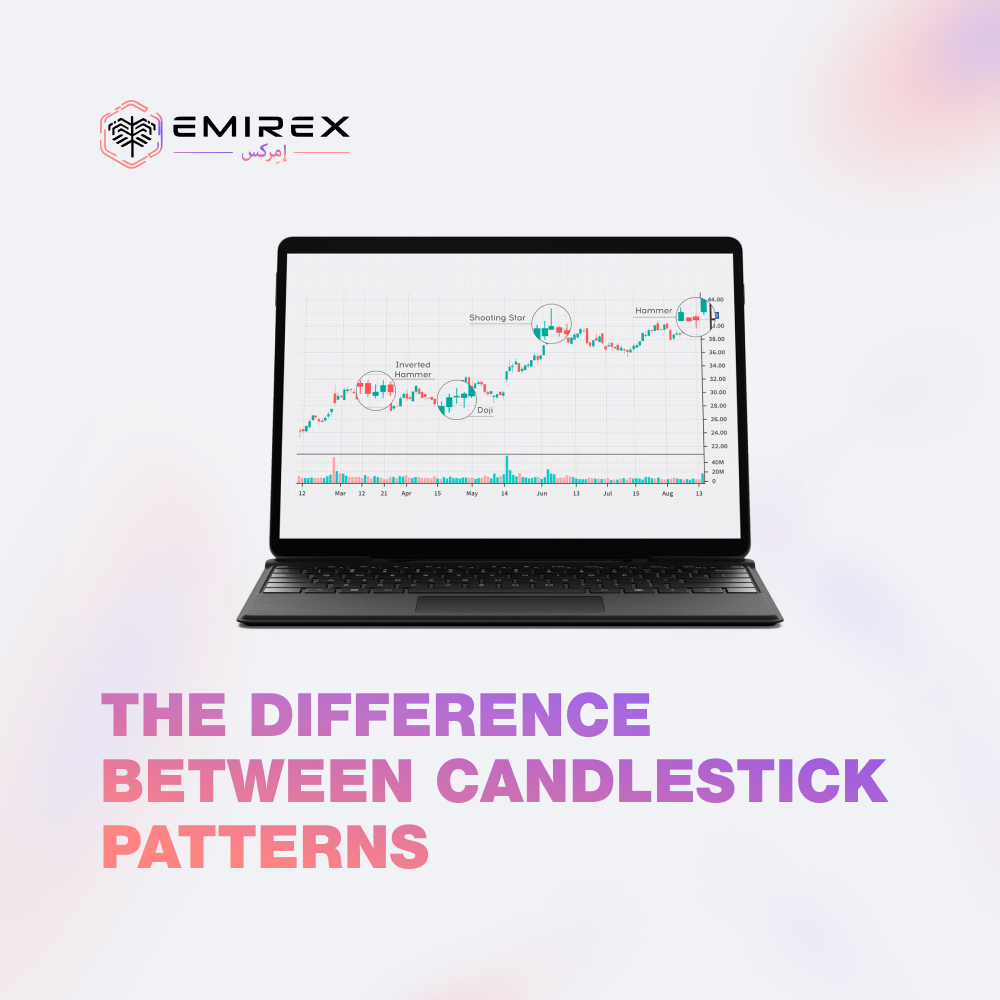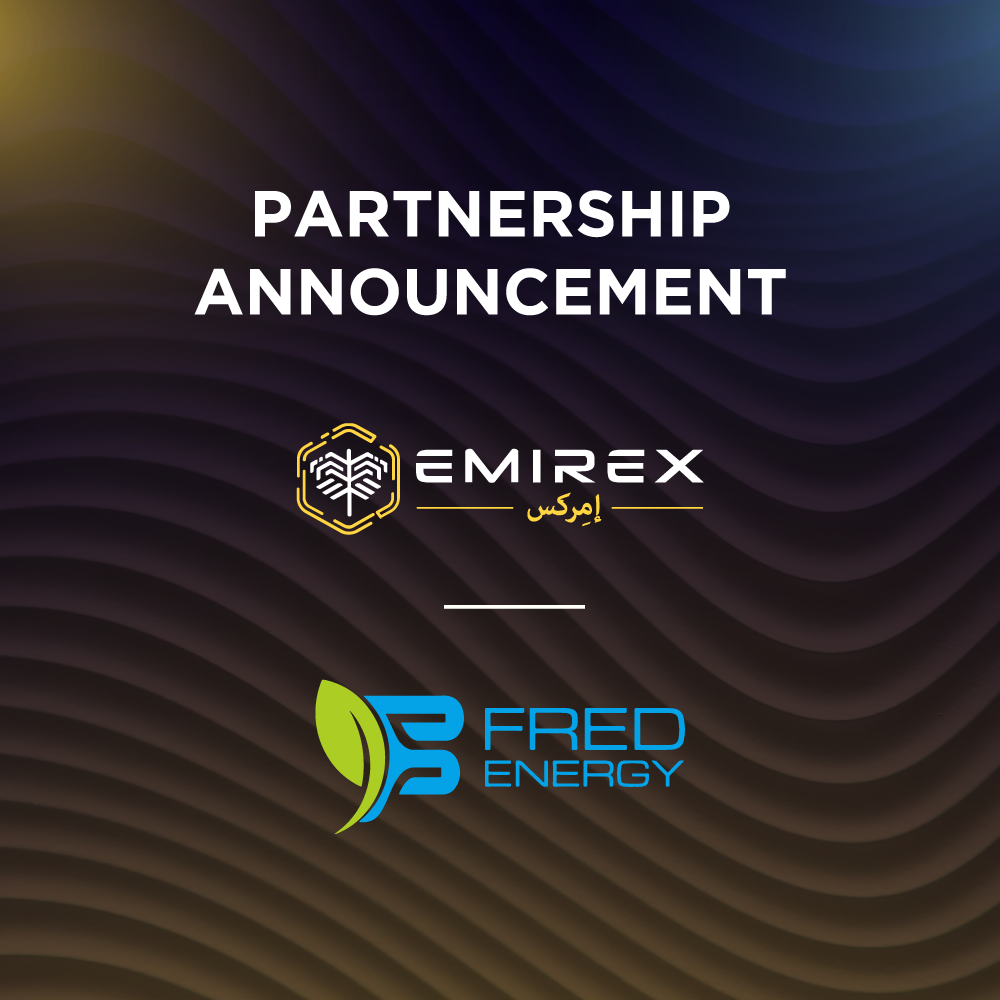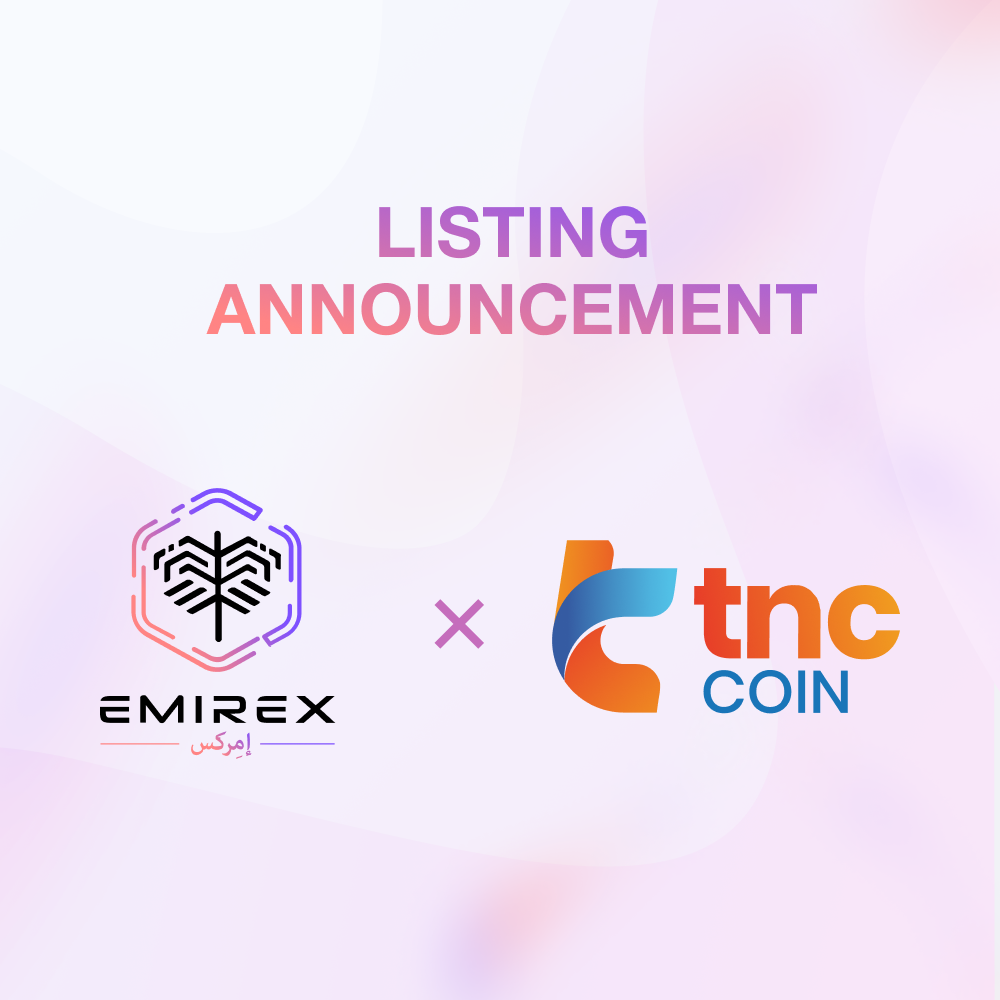The Bitcoin Blockchain
What is blockchain and how is it different from cryptocurrency? How many blockchains exist today and what are their distinct differences?
Read on to find out everything you always wanted to know about blockchains in this Emirex article series!
Blockchain has emerged over 11 years ago, but the anonymous cryptocurrency called “Bitcoin” was the reason the world at large has noticed it. The whitepaper called “Bitcoin: A Peer-to-Peer Electronic Cash System” issued by a mysterious Satoshi Nakamoto in October of 2008 marks the beginning of bitcoin.
Although blockchain is a ledger and has a variety of applications outside of cryptocurrency, many people confuse the blockchain with cryptocurrencies themselves. Both are closely related, however, the blockchain is the tech behind the cryptos in general and bitcoin in particular, which stands for transparency and ensures that cryptographic data is shared, but not copied. This implies that every bit of information can belong to only 1 specific owner. Thus, the blockchain of bitcoin serves the purpose of recording every transaction involving BTC that has ever happened, and once a record has been made nobody can change it.
If you hold any bitcoins, you know that you have the so-called "private key" to your wallet address, which cannot be shared with anyone, as it gives access to the ownership records. The private key is a mathematical representation of proof of all transactions that have ever originated in your wallet. The network continuously compiles, processes and reviews the mathematical calculations performed by powerful computers (miners) at high speed in various places around the globe, ensuring that the data can be publicly accessed and confirmed.
Because it is decentralized (meaning there is no issuing authority or governmental body in control) and simultaneously saved in numerous places, the information on the blockchain network is very secure, thus giving hackers a hard time breaking into it. Transactions are registered in structures called “blocks” and all the ready blocks are connected to the chain. The blocks are connected by high-level cryptographic references that, in their essence, are mathematical problems without solving which the new blocks cannot be added to the chain. The solutions to these problems and other data contribute to the creation of an encrypted fingerprint that cannot be tampered with, as in this case, every prior block’s math problems will need to be resolved again, and there are hundreds of thousands of those now.
Emirex supports all of the existing blockchains, starting with the pioneering Bitcoin blockchain. Stay tuned so you don’t miss the newly added articles that explain what makes various blockchains different from one another!






